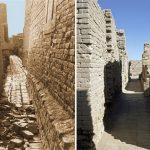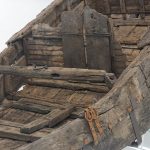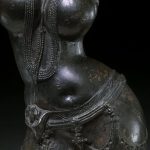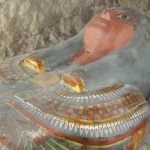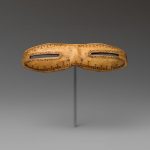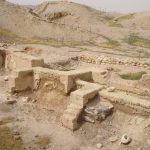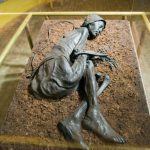5,000-Year-Old Royal Fleet Unearthed in Egypt
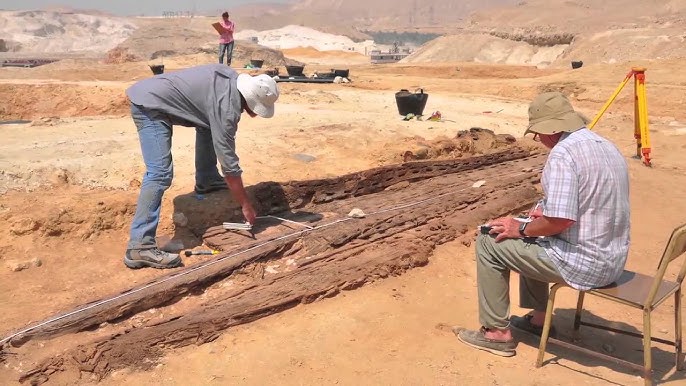
Archaeologists uncovered a 5,000-year-old fleet of 14 boats buried in the desert near Abydos, Egypt. These vessels—constructed centuries before the pyramids—shed light on early shipbuilding and the pharaohs’ funerary rituals. The discovery was puzzling: why would seaworthy boats be found so far inland?

The mystery began in 1988, when a storm exposed a wooden structure in the sand near one of Egypt’s most important archaeological sites. Termites had hollowed out much of the wood, but its unusual form drew attention. Determined to investigate, a team of American archaeologists began excavations in 2000. They uncovered a massive 70-foot-long boat, and soon realized it was part of a fleet: 14 vessels placed side by side in carefully built vaults.

Although too fragile for full excavation, the wood was preserved enough for analysis, confirming the fleet’s age at around 5,000 years—the earliest known built boats in human history, predating the Giza pyramids by 500 years. Each vessel had its own mudbrick chamber, roughly the size of a third of a tennis court, with walls etched with over 120 boat drawings.
The site had actually been noted before. In 1901–1902, British archaeologist Arthur Weigall briefly explored one of the structures, but a roof collapse halted further work, leaving the find largely forgotten until its rediscovery nearly a century later.
At first, scholars assumed the boats had been placed on the banks of the Nile. But geological studies showed the river had not flowed near Abydos for thousands of years. Their perfectly parallel arrangement suggested deliberate placement rather than accidental deposition, requiring immense labor and planning.
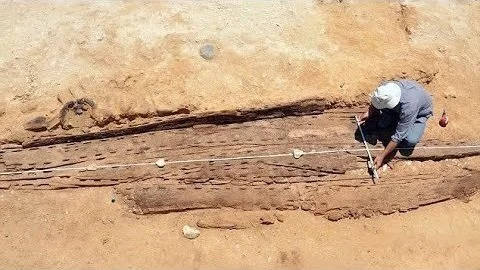
Each ship could hold about 30 rowers, and they were not symbolic miniatures but fully functional vessels. Whether they ever sailed is still debated, but their construction marks a breakthrough: instead of dugout canoes or reed rafts, these boats were made of planks fastened together—a major step in nautical engineering. The timber, likely imported cedar from Lebanon, would have been enormously costly, affordable only for a pharaoh.
Nearby, archaeologists also found a mudbrick temple built for pharaoh worship, dating to the same era. The chambers encasing the boats mirrored burial practices: sealed vaults, plastered with white limestone to gleam in the sun, much like the polished surfaces that once covered Egypt’s pyramids.
Together, the fleet and its grand enclosure reveal not just technical innovation, but also the symbolic power of boats in ancient Egyptian belief—vessels carrying the pharaoh into the afterlife, eternal as the desert sun.
